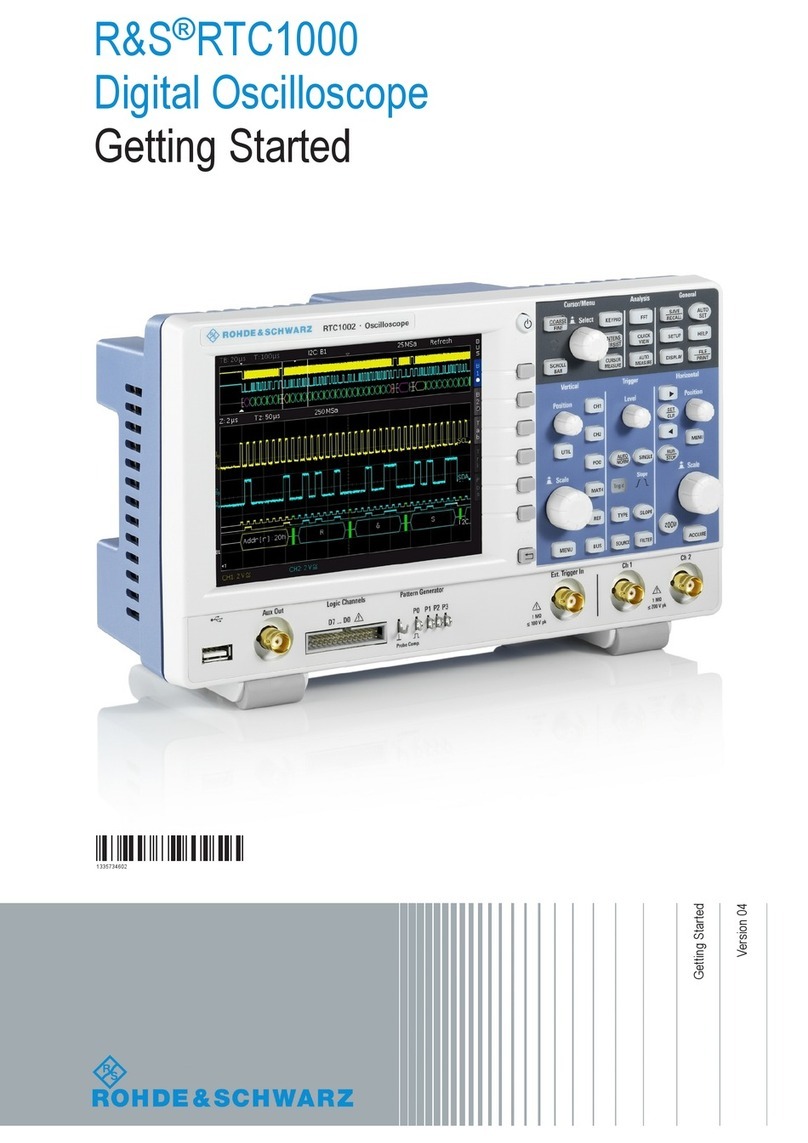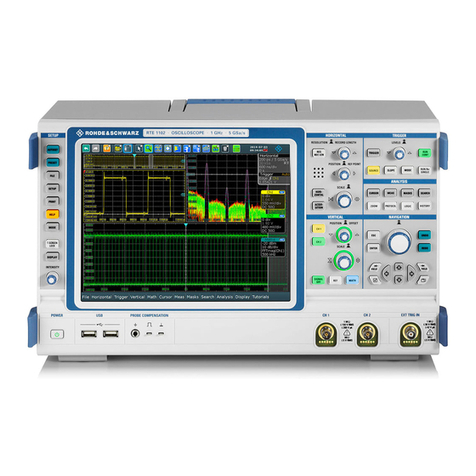Rohde & Schwarz SMBV-K361 User manual
Other Rohde & Schwarz Test Equipment manuals

Rohde & Schwarz
Rohde & Schwarz MXO 4 Series User manual
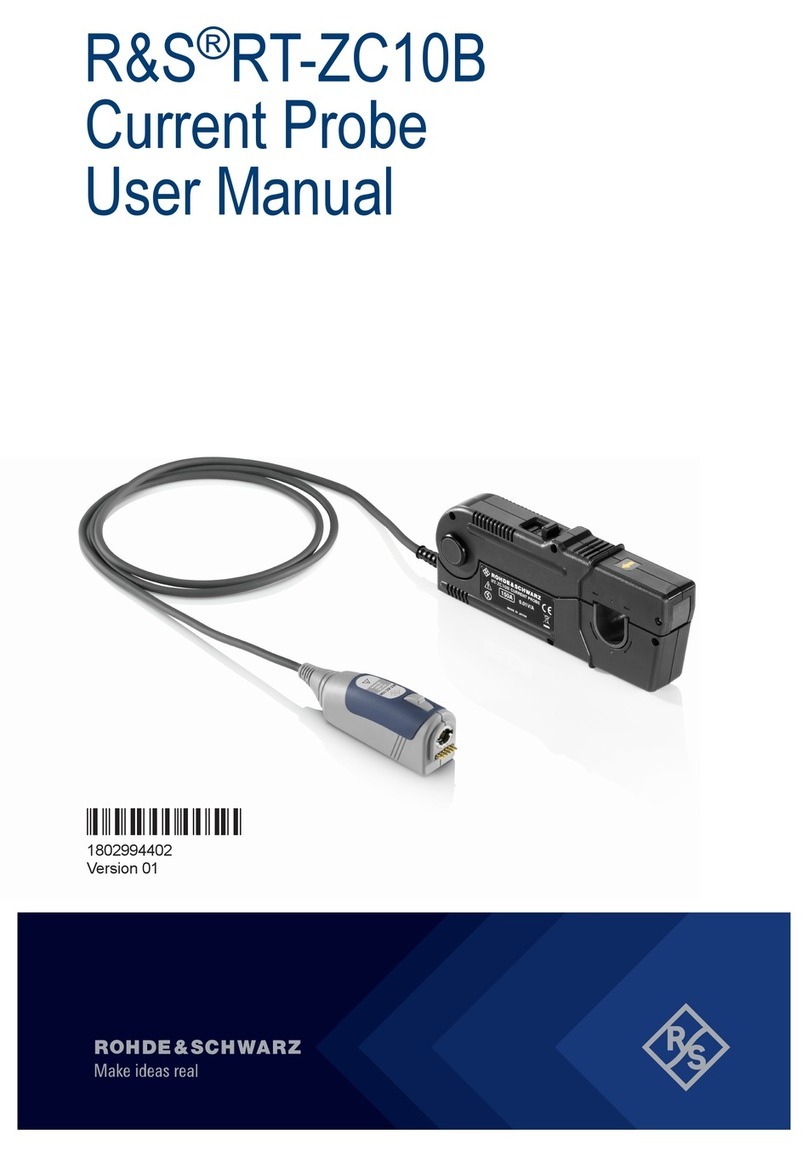
Rohde & Schwarz
Rohde & Schwarz R&S RT-ZC10B User manual

Rohde & Schwarz
Rohde & Schwarz ENV432 User manual
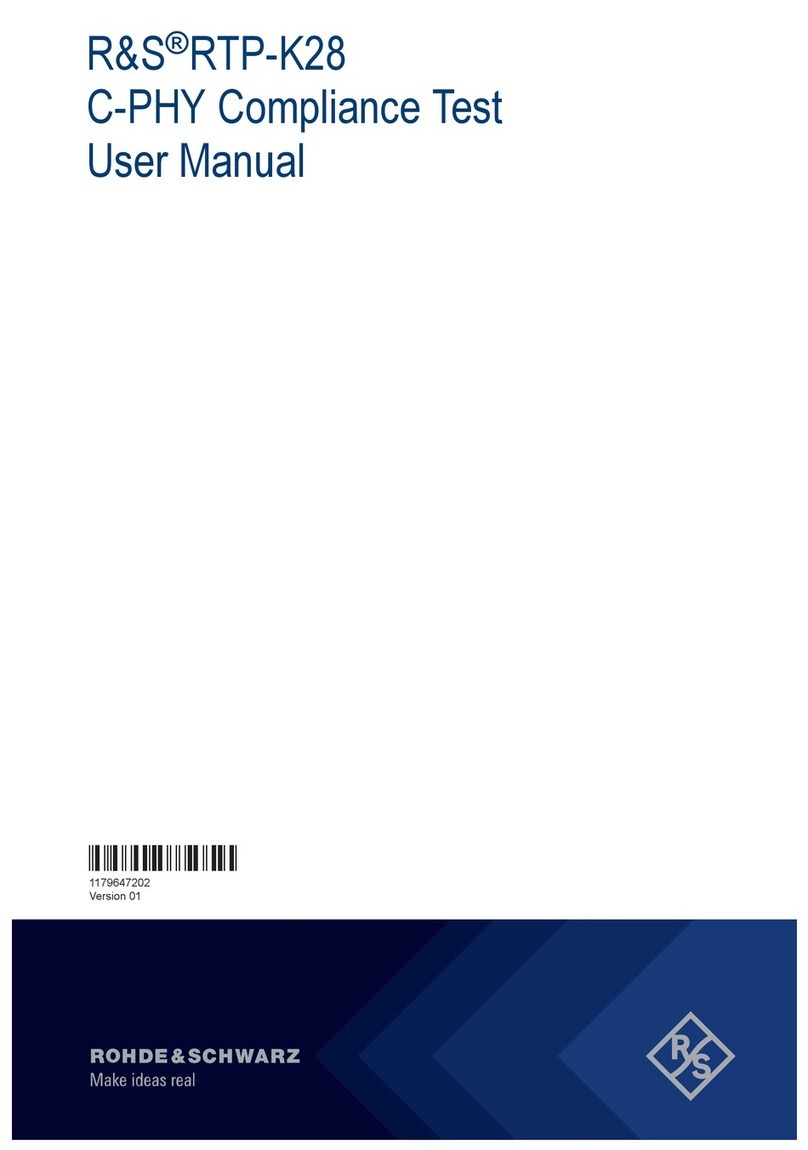
Rohde & Schwarz
Rohde & Schwarz R&S RTP-K28 User manual
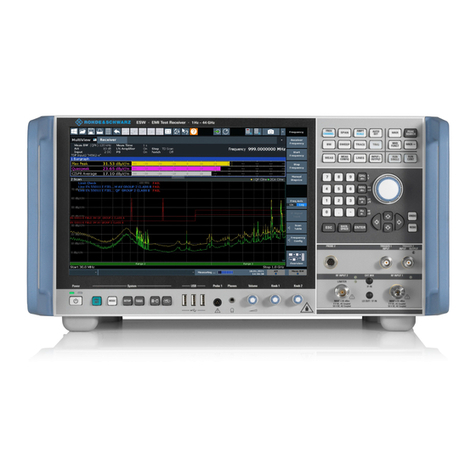
Rohde & Schwarz
Rohde & Schwarz ESW User manual

Rohde & Schwarz
Rohde & Schwarz RTH1004MSO User manual
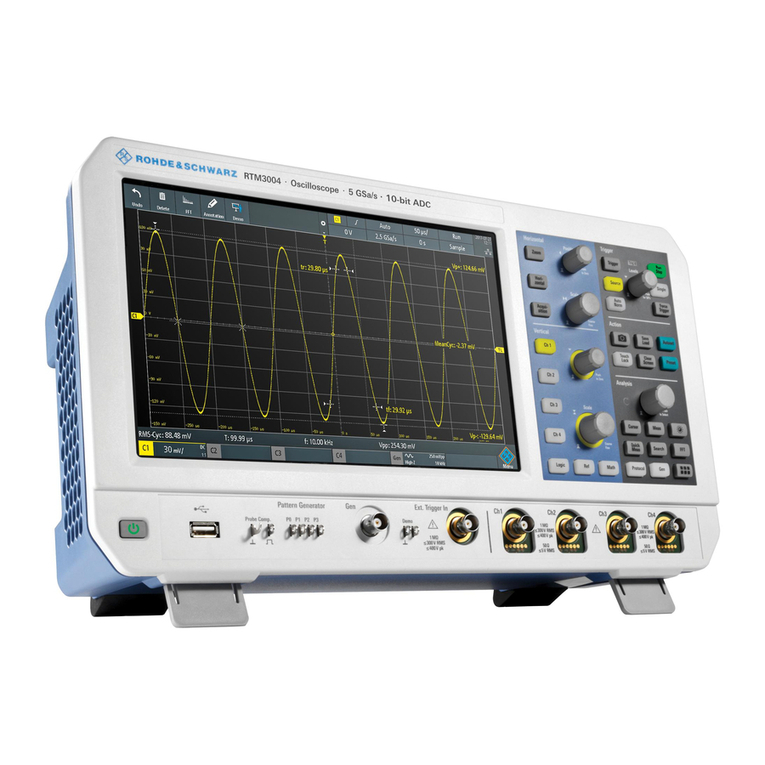
Rohde & Schwarz
Rohde & Schwarz R&S RTM3000 User manual

Rohde & Schwarz
Rohde & Schwarz RTE User manual
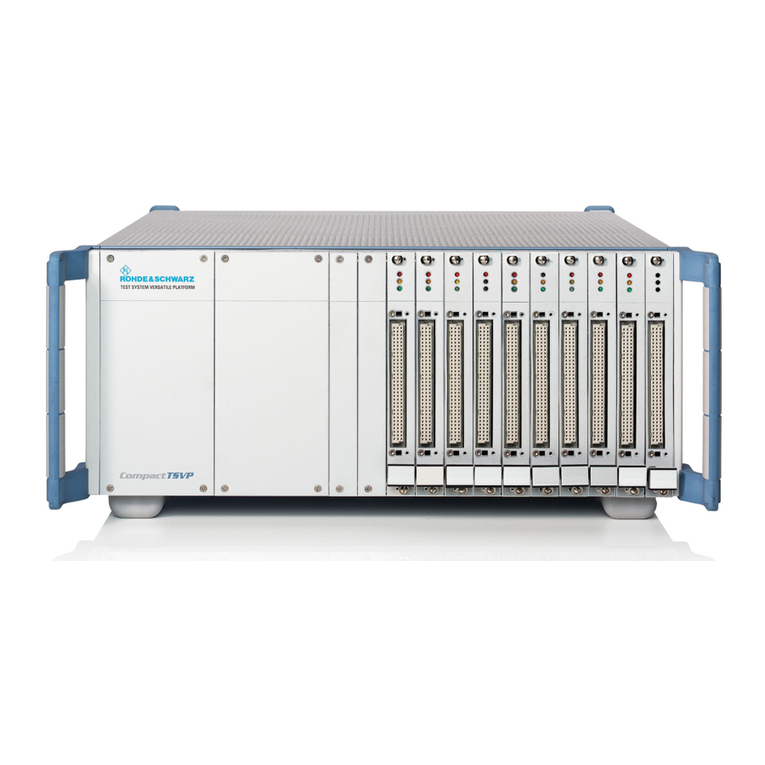
Rohde & Schwarz
Rohde & Schwarz R&S TS-PCA3 User manual
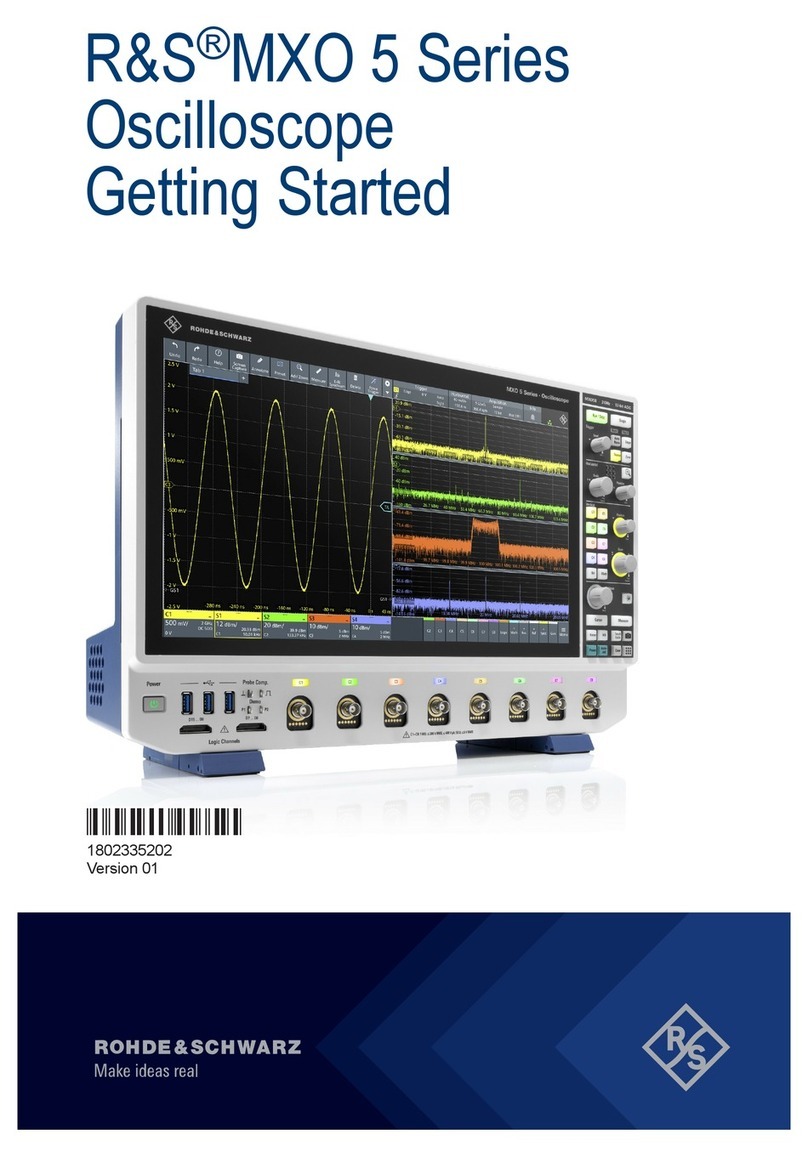
Rohde & Schwarz
Rohde & Schwarz R&S MXO 5 Series User manual
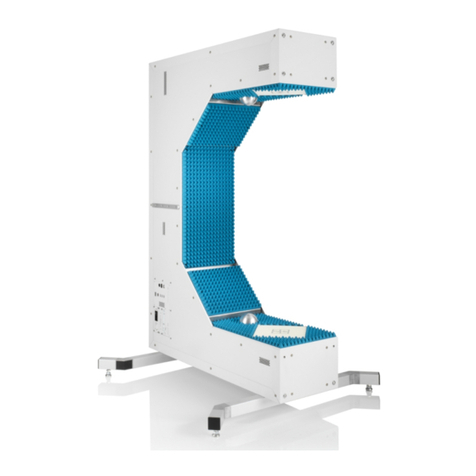
Rohde & Schwarz
Rohde & Schwarz R&S QAR50 User manual
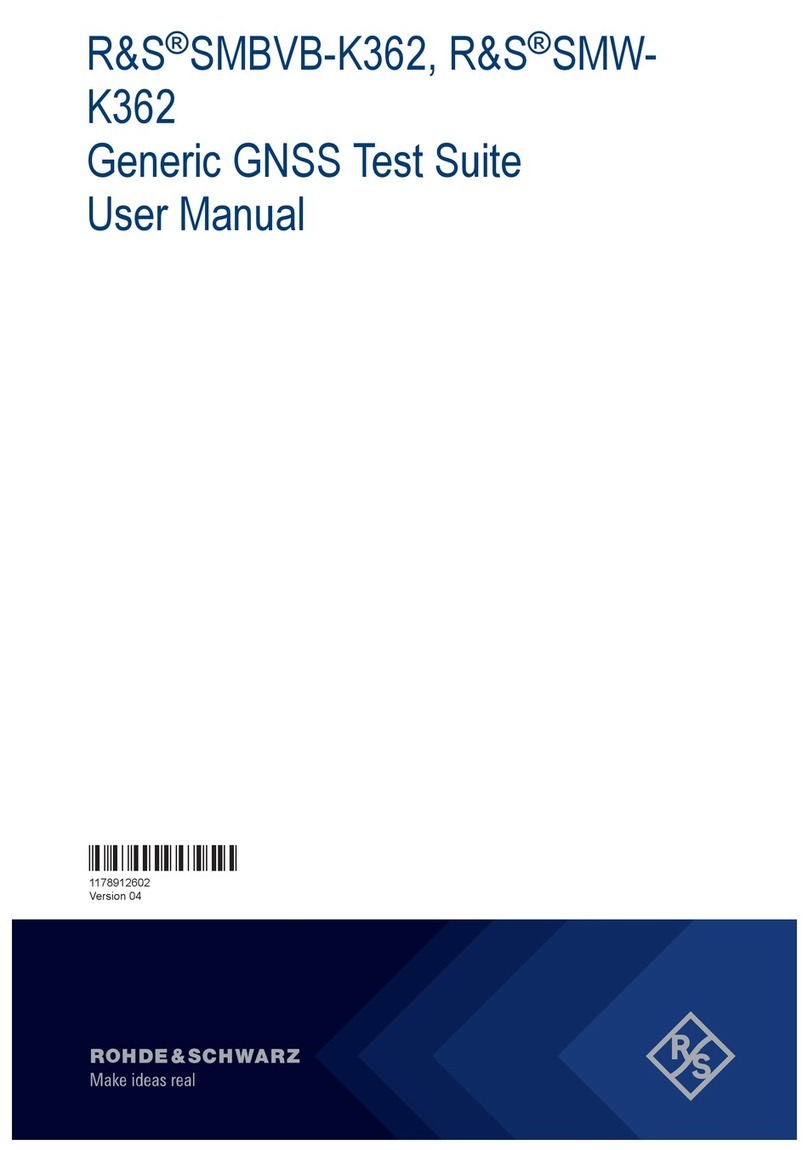
Rohde & Schwarz
Rohde & Schwarz SMBVB-K362 User manual

Rohde & Schwarz
Rohde & Schwarz RTM2000 User manual
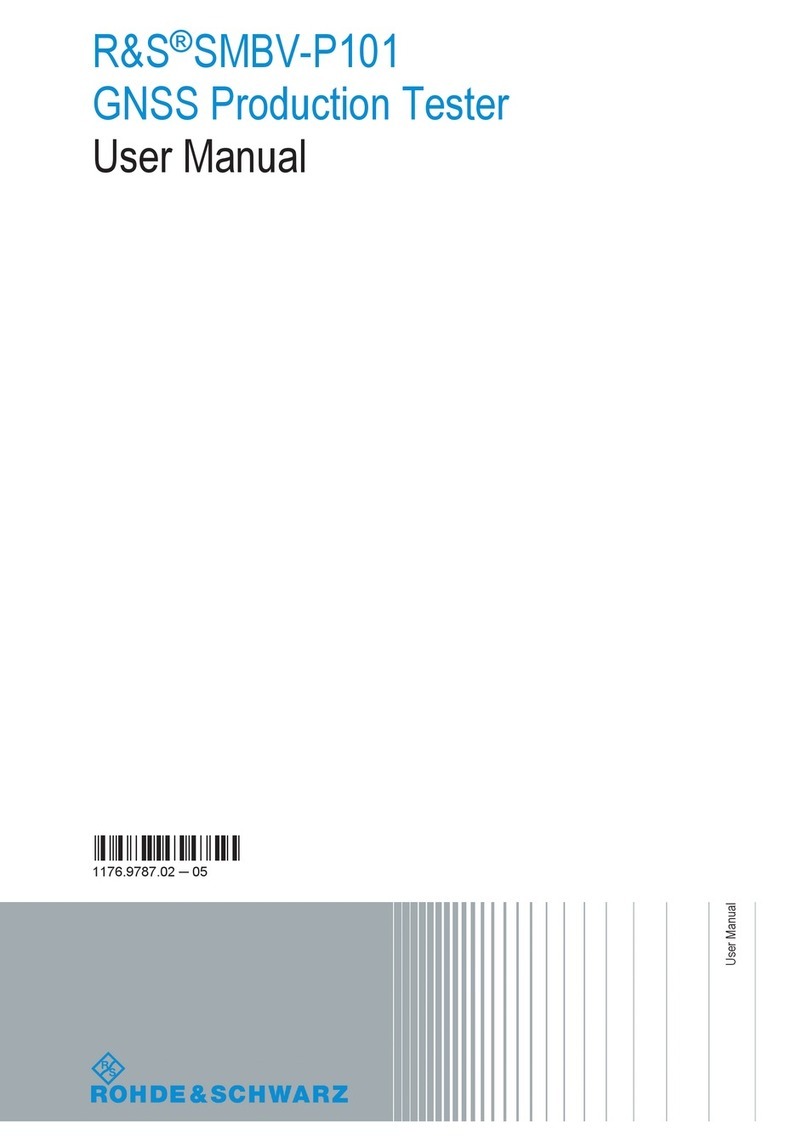
Rohde & Schwarz
Rohde & Schwarz SMBV-P101 User manual

Rohde & Schwarz
Rohde & Schwarz R&S CMW-KM70 Series User manual

Rohde & Schwarz
Rohde & Schwarz CMW-KM750 User manual
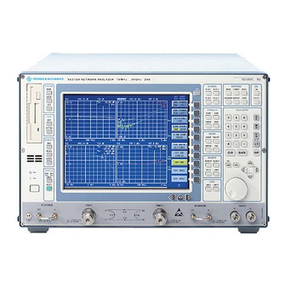
Rohde & Schwarz
Rohde & Schwarz ZVRE User manual

Rohde & Schwarz
Rohde & Schwarz CMW500 Series User manual
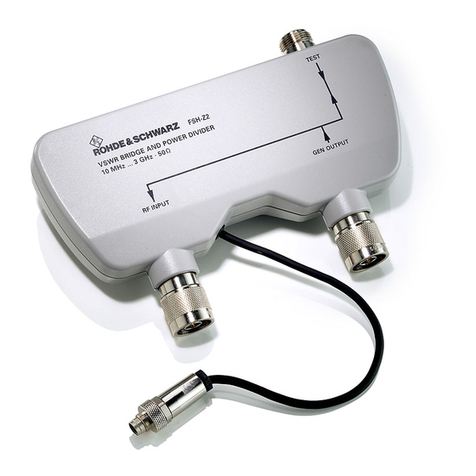
Rohde & Schwarz
Rohde & Schwarz FSH-Z2 User manual

Rohde & Schwarz
Rohde & Schwarz RTE1022 User manual
Popular Test Equipment manuals by other brands

Redtech
Redtech TRAILERteck T05 user manual

Venmar
Venmar AVS Constructo 1.0 HRV user guide

Test Instrument Solutions
Test Instrument Solutions SafetyPAT operating manual

Hanna Instruments
Hanna Instruments HI 38078 instruction manual

Kistler
Kistler 5495C Series instruction manual

Waygate Technologies
Waygate Technologies DM5E Basic quick start guide

StoneL
StoneL DeviceNet CK464002A manual

Seica
Seica RAPID 220 Site preparation guide

Kingfisher
Kingfisher KI7400 Series Training manual

Kurth Electronic
Kurth Electronic CCTS-03 operating manual

SMART
SMART KANAAD SBT XTREME 3G Series user manual

Agilent Technologies
Agilent Technologies BERT Serial Getting started


